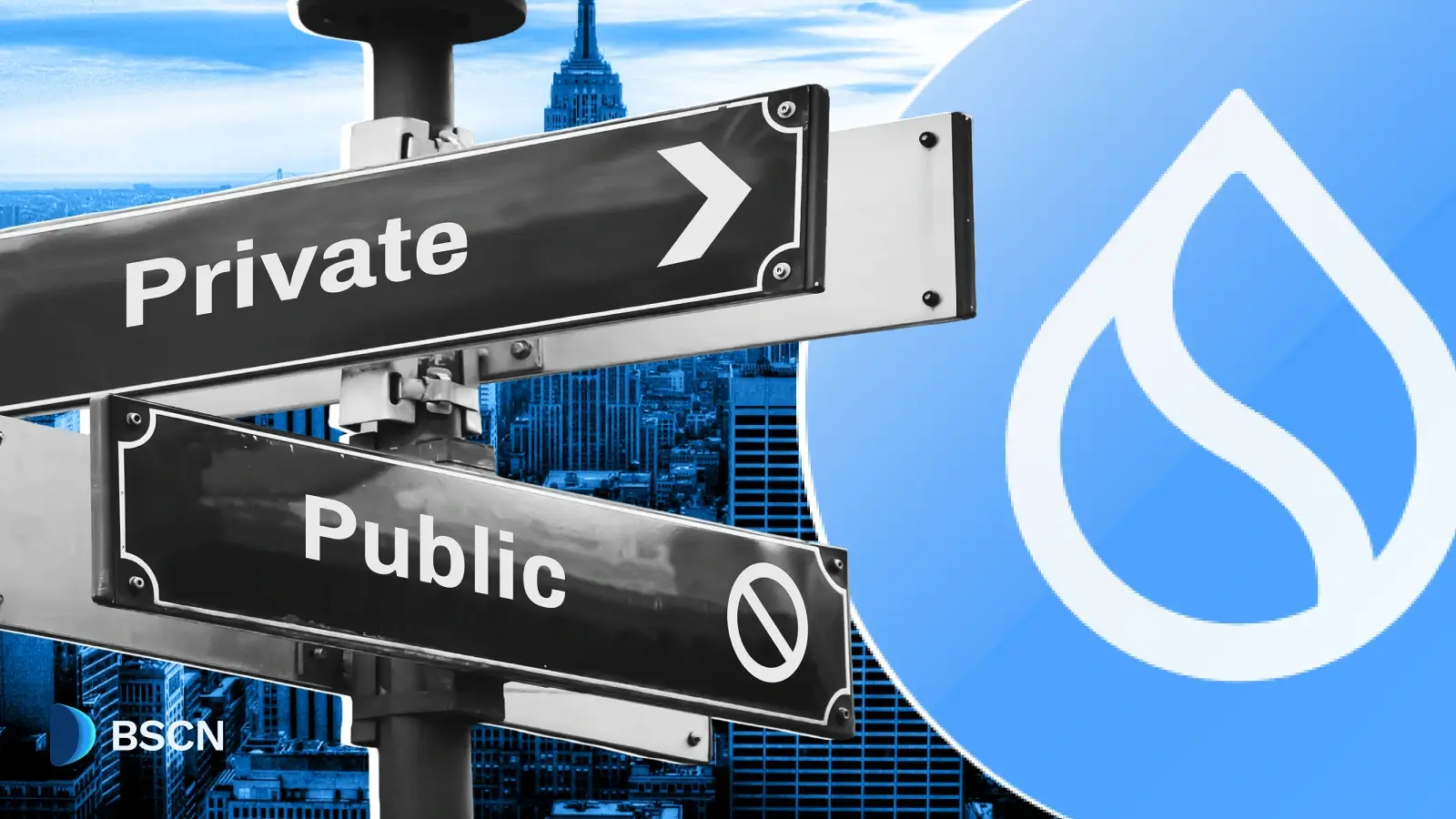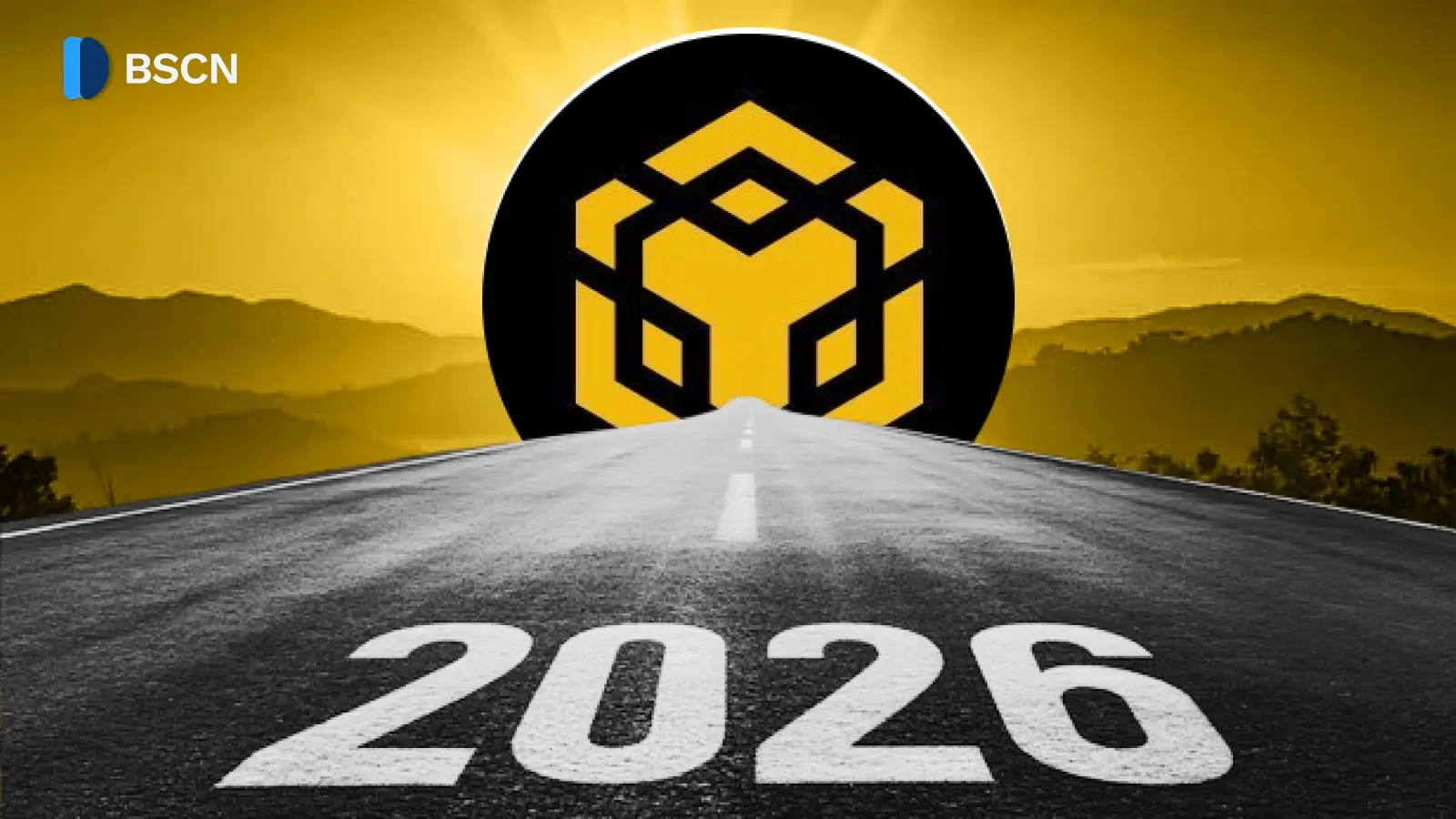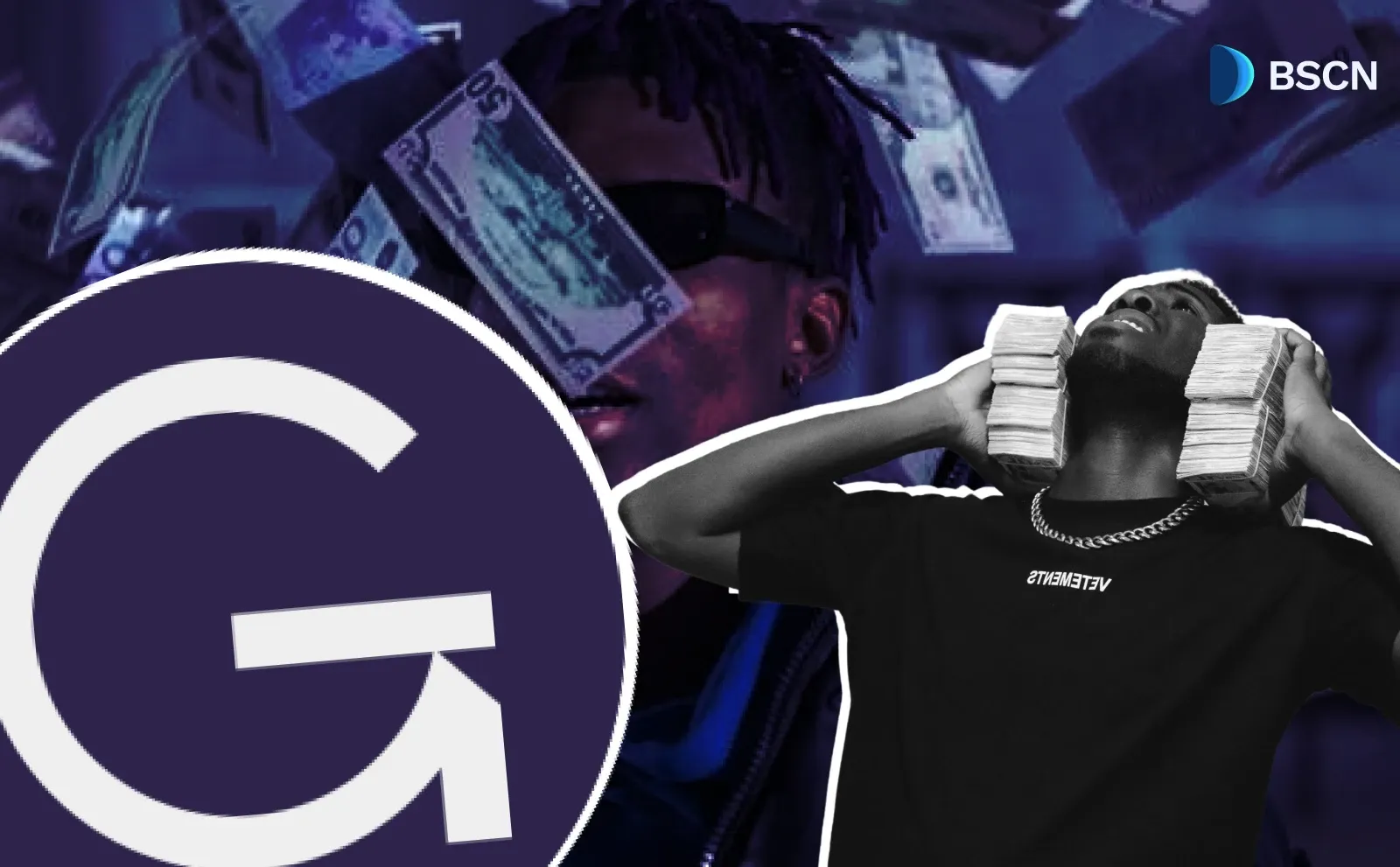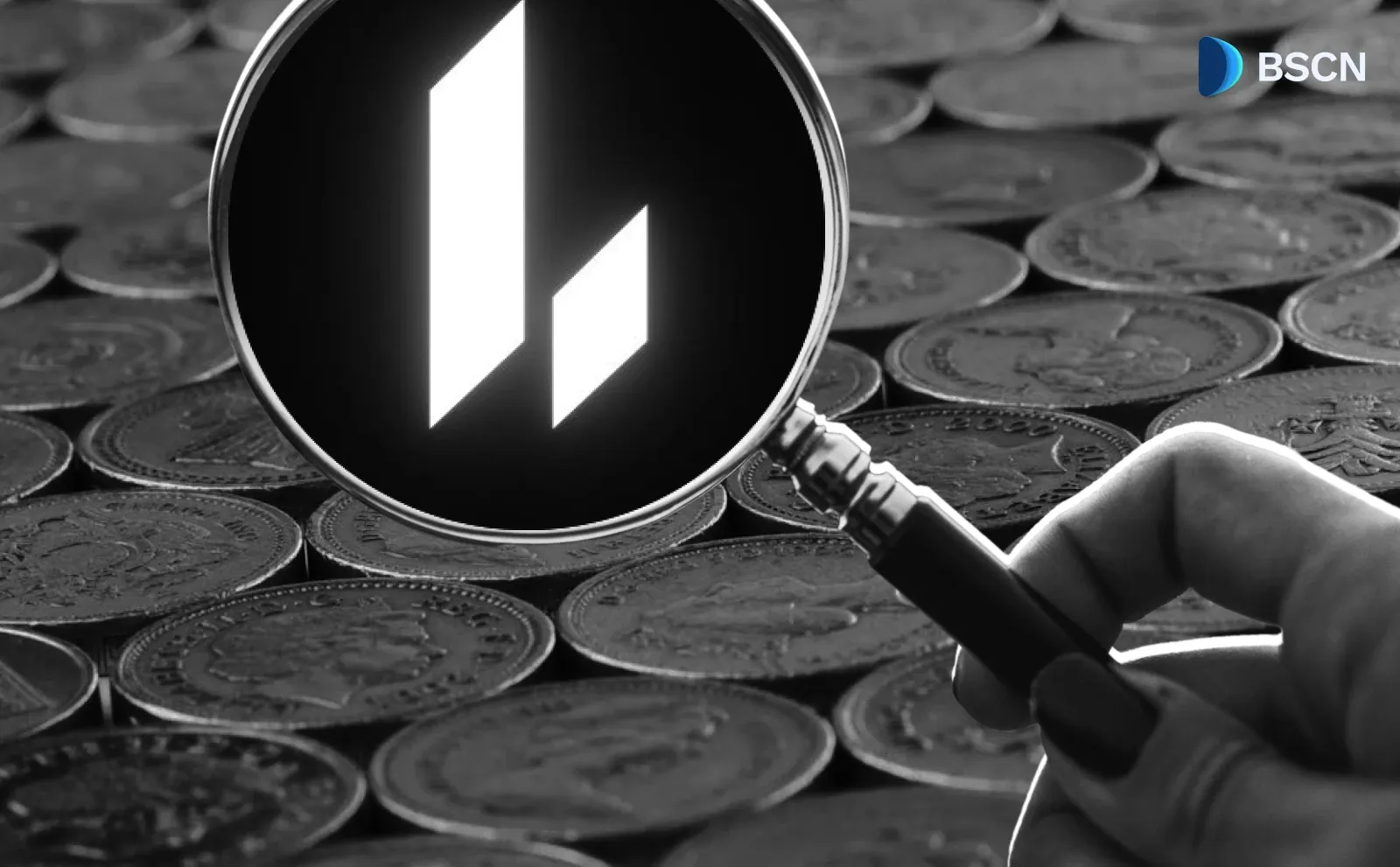Research
(Advertisement)
Google Cloud’s Upcoming Layer-1 Blockchain: What is GCUL?

Google Cloud launches GCUL, a Layer-1 blockchain designed for institutions with Python-based smart contracts, focusing on payments and asset settlement.
Soumen Datta
August 27, 2025
(Advertisement)
Table of Contents
Google Cloud announced Google Cloud Universal Ledger (GCUL), a Layer-1 blockchain designed for financial institutions and enterprises. Rich Widmann, Global Head of Strategy for web3 at Google Cloud, shared the details in a LinkedIn post.
The project is aimed at cross-border payments and asset settlements, placing Google Cloud directly in competition with Circle, Stripe, and other players building institutional-grade blockchain systems. GCUL is currently in a private testnet phase, with its first pilot program involving the Chicago Mercantile Exchange (CME Group).
What Is GCUL?
GCUL is a Layer-1 blockchain created by Google Cloud for enterprise use cases. Unlike application-specific or vertically integrated chains, GCUL is described as a neutral infrastructure layer. It is not tied to a single corporate ecosystem but is intended to be open to multiple financial institutions.
Key Features
- Python-based smart contracts: Unlike Solidity or Rust, GCUL uses Python, making it easier for enterprise engineers to develop on-chain solutions without learning specialized blockchain languages.
- Neutral positioning: GCUL is marketed as an open, platform-agnostic ledger that avoids vendor lock-in.
- High throughput and scalability: Built on Google’s networking and cloud research, the system aims to deliver enterprise-grade performance.
- Focus on settlements: Early pilots emphasize tokenization and wholesale payments, highlighting its intended role in financial infrastructure.
Python-Based Smart Contracts
One of GCUL’s most notable features is the decision to support Python for smart contract development. Most blockchain ecosystems rely on Solidity (Ethereum) or Rust (Solana, Polkadot). By contrast, Python is widely used in enterprise environments, data science, and financial engineering.
Why Python Matters
- Accessibility: Enterprise developers already familiar with Python can adopt GCUL without steep learning curves.
- Lower barrier to entry: Reduces friction for financial institutions that may lack specialized blockchain developers.
- Wider adoption potential: Bridges traditional IT systems with blockchain-native environments.
CME Group Pilot
GCUL’s first pilot program is underway with CME Group, one of the largest derivatives exchanges in the world. The pilot focuses on:
- Tokenization of assets
- Wholesale payments
- 24/7 settlement of collateral, margin, and fees
CME Group has already completed the first phase of integration and testing. Broader testing with direct participation from market participants is scheduled to begin later in 2025, with services targeted for 2026.
Comparison with Competitors
Google is not alone in developing institutional blockchain infrastructure. Other corporate-led initiatives include:
- Stripe Tempo: An Ethereum-compatible chain focused on high-performance payments.
- Circle Arc: A Layer-1 project designed to support USDC stablecoin utility.
Google positions GCUL differently:
- Not tied to a single product like USDC (Circle) or Stripe’s payments.
- Neutral infrastructure designed for adoption by banks, funds, and corporates.
Rich Widmann emphasized that competitors like Tether would not use Circle’s blockchain and payment processors like Adyen would avoid Stripe’s chain. GCUL, he argues, avoids this issue by being open to all institutions.
Decentralization and Neutrality Debate
Some industry observers have raised concerns about whether a blockchain operated by a single technology giant can truly be neutral. Critics on X (formerly Twitter) noted that decentralization remains an open question.
Widmann responded by stating GCUL is designed for multiple institutions to eventually operate and govern, not just Google. He also suggested that firms such as Amazon or Microsoft could one day participate in GCUL’s network operations.
Institutional Adoption Roadmap
GCUL is still early in development, but its roadmap is clear:
- Private testnet (2024–2025): Ongoing with CME Group and select partners.
- Market participant testing (late 2025): Direct trials with banks and enterprises.
- Public launch of services (2026): Targeted for asset tokenization, settlement, and commercial bank money use cases.
Upcoming releases will detail:
- Consensus mechanism
- Transaction finality model
- Governance structure
Role in Google’s Broader Digital Assets Push
GCUL builds on Google’s previous involvement in digital assets:
- Partnership with Coinbase for cloud payments.
- Investments in Web3 startups.
- Infrastructure support for public blockchains such as Solana.
By launching GCUL, Google is expanding from infrastructure support into protocol development. The move signals its intention to compete directly in blockchain infrastructure rather than remain only a cloud service provider.
Implications for Finance
GCUL reflects the growing trend of major technology companies entering blockchain development to support institutional adoption.
Key implications include:
- 24/7 capital markets: Always-on settlement and collateral management.
- Interoperability: Potential for cross-currency and cross-asset settlement.
- Tokenization momentum: Growing interest from banks and funds in tokenized securities and real-world assets.
Conclusion
Google Cloud Universal Ledger (GCUL) is a Layer-1 blockchain designed for enterprise use, with Python smart contracts and a neutral infrastructure model. Its pilot with CME Group highlights a focus on payments and tokenization. With services expected in 2026, GCUL represents Google’s most direct step into blockchain protocol development. The project’s success will depend on whether financial institutions adopt it as a shared settlement layer.
Resources:
CME Group begins tokenization pilot using Google Cloud blockchain platform: https://www.prnewswire.com/news-releases/cme-group-will-introduce-tokenization-technology-to-enhance-capital-market-efficiency-using-google-clouds-new-universal-ledger-302410343.html
Rich Widmann’s Linkedin post about GCUL: https://www.linkedin.com/posts/rich-widmann-a816a54b_all-this-talk-of-layer-1-blockchains-has-activity-7366124738848415744-7idA?utm_source=share&utm_medium=member_desktop&rcm=ACoAADrlBIUBh7n2f1DY16wvtmbWkT2_uC9YY6I
About Python: https://www.python.org/about/
Read Next...
Frequently Asked Questions
What is GCUL?
GCUL, or Google Cloud Universal Ledger, is a Layer-1 blockchain developed by Google Cloud for financial institutions. It supports Python smart contracts and focuses on asset tokenization and payments.
Why does GCUL use Python for smart contracts?
Python is one of the most widely used programming languages in finance and enterprise software. By supporting Python, GCUL lowers barriers to adoption for institutions already using the language.
When will GCUL be available?
GCUL is currently in a private testnet phase with CME Group. Broader testing is planned for 2025, and full services are expected to roll out in 2026.
Disclaimer
Disclaimer: The views expressed in this article do not necessarily represent the views of BSCN. The information provided in this article is for educational and entertainment purposes only and should not be construed as investment advice, or advice of any kind. BSCN assumes no responsibility for any investment decisions made based on the information provided in this article. If you believe that the article should be amended, please reach out to the BSCN team by emailing [email protected].
Author
 Soumen Datta
Soumen DattaSoumen has been a crypto researcher since 2020 and holds a master’s in Physics. His writing and research has been published by publications such as CryptoSlate and DailyCoin, as well as BSCN. His areas of focus include Bitcoin, DeFi, and high-potential altcoins like Ethereum, Solana, XRP, and Chainlink. He combines analytical depth with journalistic clarity to deliver insights for both newcomers and seasoned crypto readers.
(Advertisement)
Latest News
(Advertisement)
Crypto Project & Token Reviews
Project & Token Reviews
Comprehensive reviews of crypto's most interesting projects and assets
Learn about the hottest projects & tokens
Latest Crypto News
Get up to date with the latest crypto news stories and events













